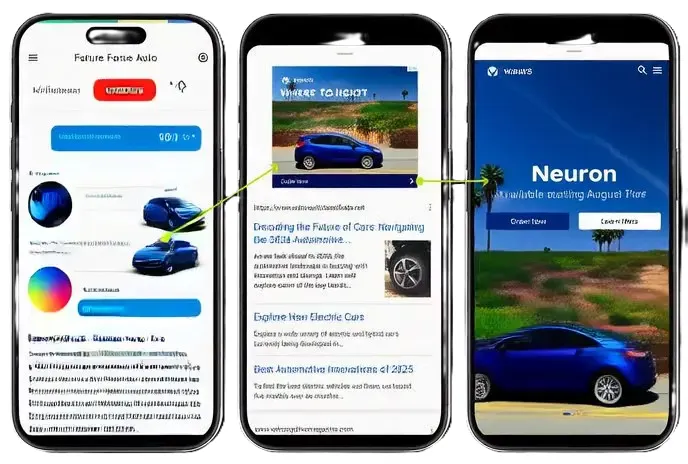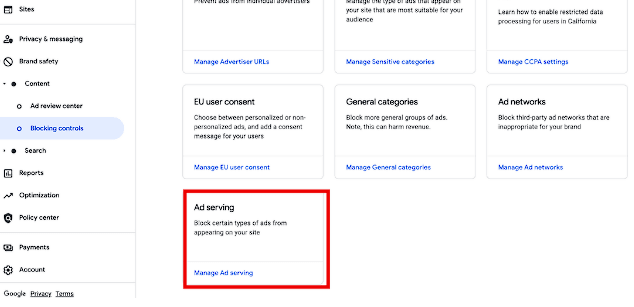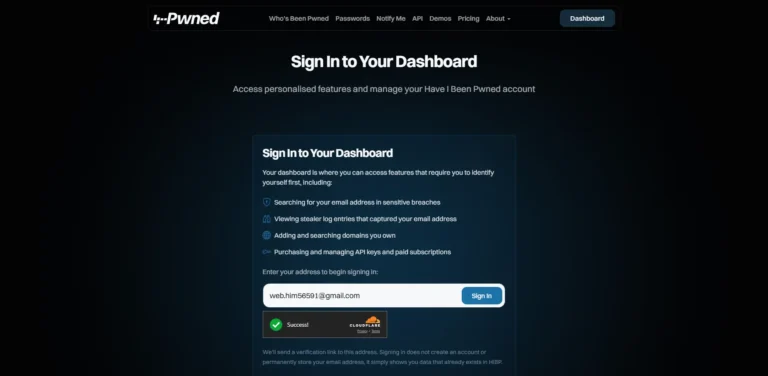
In the ever-evolving world of digital publishing, maximizing revenue from ad placements is a top priority for website owners and content creators. One common challenge faced by publishers using Google AdSense is the occurrence of “unfilled ad spaces.” These are instances where AdSense cannot find a suitable ad to display in a designated ad space on your page. Unfilled ad spaces represent lost revenue opportunities, as they generate no income despite occupying valuable real estate on your site. This blog post, written on July 3, 2025, delves into the issue of unfilled ad spaces, explores why they occur, and provides actionable strategies to optimize these spaces, ensuring you protect and potentially enhance your ad revenue.
Understanding Unfilled Ad Spaces
An unfilled ad space occurs when AdSense’s ad-serving algorithm fails to match an appropriate advertisement to the available slot. This can happen for several reasons, including insufficient advertiser demand for the content category, geographic targeting mismatches, or the ad unit’s size and placement not aligning with available ad creatives. When an ad space remains unfilled, your page still loads with an empty slot, which not only affects your earnings but can also detract from the user experience by creating visual gaps.
The financial impact is significant. Unlike filled ad spaces that generate revenue based on impressions or clicks, unfilled spaces contribute nothing to your bottom line. For publishers relying on ad revenue as a primary income source, this can translate to substantial losses over time. Recognizing this challenge, Google has been actively exploring ways to address the issue, aiming to better utilize unfilled display ad spaces in AdSense to safeguard publisher earnings.
Why Unfilled Ad Spaces Happen
Several factors contribute to the creation of unfilled ad spaces. Understanding these can help you take proactive steps to minimize their occurrence:
- Low Advertiser Demand: Certain niches or content categories may have limited advertiser interest. For example, highly specialized topics with a small audience might not attract enough ad campaigns, leaving ad spaces vacant.
- Geographic Restrictions: Ads are often targeted based on the user’s location. If your audience is in a region with low ad demand or where advertisers have restricted their campaigns, unfilled spaces are more likely.
- Ad Unit Configuration: The size, type, or placement of your ad unit can influence fill rates. Non-standard ad sizes or poorly positioned units may not match available creatives.
- Content Quality and Relevance: AdSense uses contextual analysis to serve relevant ads. If your content is deemed low-quality, outdated, or misaligned with advertiser preferences, it may result in fewer ad matches.
- Ad Blockers: A growing number of users employ ad blockers, which can prevent ads from loading and contribute to the perception of unfilled spaces, even if the issue originates with user behavior rather than AdSense.
Strategies to Optimize Unfilled Ad Spaces
To mitigate the impact of unfilled ad spaces and protect your revenue, consider implementing the following strategies:
1. Optimize Ad Unit Placement and Size
The placement and dimensions of your ad units play a crucial role in ensuring they are filled. Stick to standard AdSense ad sizes such as 300×250 (medium rectangle), 728×90 (leaderboard), or 336×280 (large rectangle), as these are more likely to match available ad creatives. Place ad units in high-traffic areas like above the fold (the portion of the page visible without scrolling) or within content to increase visibility and relevance. Experiment with different placements using AdSense’s optimization tools to identify the most effective configurations.
2. Enhance Content Relevance
AdSense relies heavily on the context of your content to serve appropriate ads. Regularly update your site with fresh, high-quality content that aligns with popular advertising categories. Use relevant keywords naturally within your articles to improve contextual targeting. Avoid thin or duplicate content, as this can lower your site’s ad eligibility and lead to more unfilled spaces.
3. Leverage AdSense Auto Ads
AdSense Auto Ads use machine learning to automatically place ads across your site where they are most likely to perform well. This feature can help fill spaces that might otherwise remain empty by dynamically adjusting ad placements. Enable Auto Ads and monitor their performance to ensure they complement your manual ad units without overwhelming your users.
4. Implement Backup Ads
AdSense allows you to set up backup ads, which can serve as a fallback when primary ads are unavailable. You can configure a public service announcement (PSA) or a custom placeholder image to fill unfilled spaces. While PSAs don’t generate revenue, they maintain a cleaner look for your site. Alternatively, use a custom image or colour block that blends with your design to minimize visual disruption.
Here is my screenshot. You might want to turn it back on to avoid vacant slots that cost you money.


In the “Display ads” section, turn off Fill empty in-page ads.

5. Expand Your Audience Reach
If geographic restrictions are causing unfilled spaces, consider expanding your content’s appeal to a broader audience. Translate articles into multiple languages or target high-demand markets to attract more advertisers. AdSense’s global network can then match your site with a wider pool of ad campaigns, increasing the likelihood of filled ad spaces.
6. Monitor and Adjust Blocking Controls
Overly restrictive blocking settings can inadvertently increase unfilled ad spaces. Review your Blocking controls to ensure you’re not excluding too many ad categories or sensitive content types. For instance, loosening restrictions on certain categories (while still aligning with your brand safety standards) can improve fill rates without compromising your site’s integrity.
7. Analyze Performance with AdSense Reports
Utilize AdSense reports to track fill rates and identify patterns in unfilled spaces. The “Performance” and “Ad Serving” reports can highlight which pages or ad units are underperforming. Use this data to make informed adjustments, such as tweaking ad placements or revising content strategies to boost ad eligibility.
The Future of Ad Space Optimization
Google’s ongoing efforts to address unfilled ad spaces signal a promising future for publishers. By leveraging advanced algorithms and machine learning, AdSense is working to better match ads to available slots, even in niche markets. In the coming months, expect updates that enhance ad targeting precision and introduce new tools to help publishers maximize their revenue potential. Staying informed through the AdSense blog and help center will ensure you’re among the first to adopt these innovations.
Best Practices for Long-Term Success
To sustain optimization efforts over time, adopt these best practices:
- Regular Audits: Periodically review your ad units, content, and blocking settings to adapt to changing trends and advertiser demands.
- User Experience Focus: Balance ad optimization with a positive user experience. Avoid cluttering your site with too many ads, which can lead to higher bounce rates and lower engagement.
- Stay Updated: Keep abreast of AdSense policy changes and new features to maintain compliance and take advantage of revenue-boosting opportunities.
Conclusion
Unfilled ad spaces are an inevitable challenge in the digital advertising ecosystem, but they don’t have to be a permanent drain on your revenue. By understanding the causes and implementing strategic optimizations—such as refining ad unit placements, enhancing content relevance, and leveraging AdSense tools—you can significantly reduce their occurrence. As Google continues to innovate, the future looks bright for publishers willing to adapt and experiment. Start optimizing your empty in-page ad spaces today, and turn potential losses into profitable opportunities. For more tips and updates, visit the AdSense Help Center and explore the resources available to elevate your ad game.







